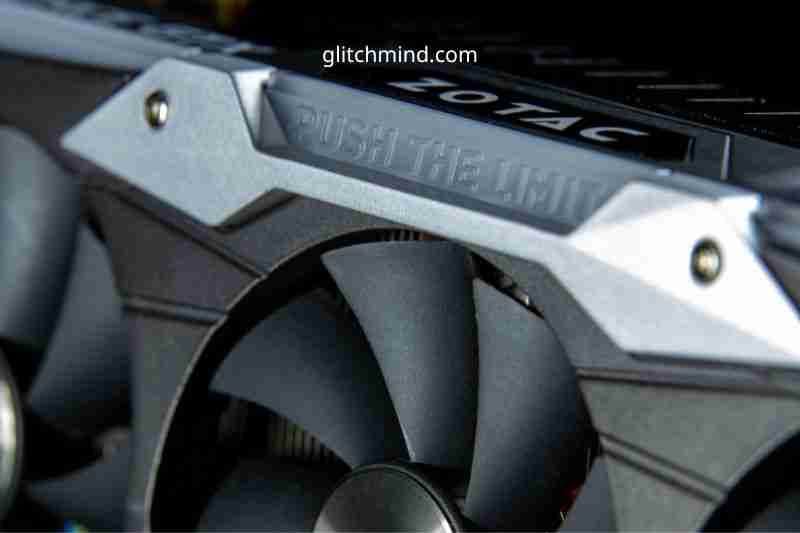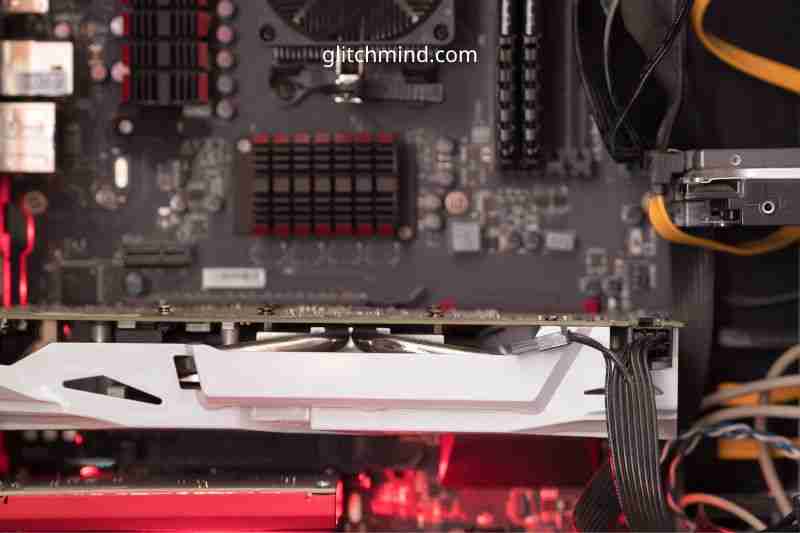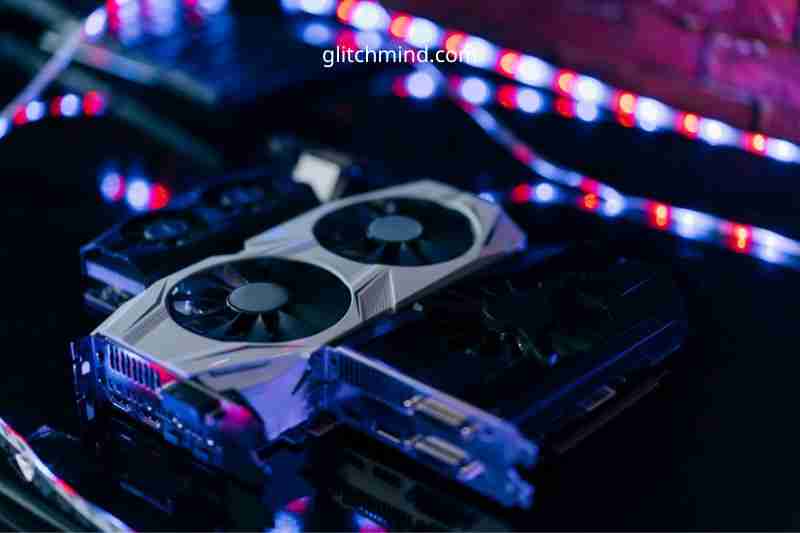How To Check Graphics Card Windows 10? To check your graphics card on Windows 10, open the Start menu and search for Device Manager. Click on Display adapters to view a list of your installed graphics cards. You can also view detailed information about your graphics card by double-clicking on it and selecting the Properties option.
How to find out graphics card details using Settings?
Follow these procedures to determine the manufacturer and model of your graphics card using the Settings app:
- Navigate to Settings.
- Select System.
- Select Display.
- Click the Advanced display settings option under the “Multiple displays” section.
- Confirm the graphics card vendor and model in the “Display details” section.
Once you’ve finished the instructions, you’ll better grasp the video card installed on your device.
How to find out graphics card details using Task Manager?
Follow these procedures to determine the graphics card accessible in Windows 10 using Task Manager:
- Start the program.
- To access the tool, search for Task Manager and choose the first result.
- A quick tip: Use Ctrl + Shift + Esc on your keyboard to launch Task Manager.
- Navigate to the Performance tab.
- Select GPU.
- Confirm the graphics card’s brand and model in the top-right corner.
When you finish the instructions, the Task Manager will show the manufacturer’s name and model, the dedicated amount of RAM, the DirectX version, the physical location on the motherboard, and current usage information.

How to find out graphics card details using System Information?
Follow these procedures to verify the graphics card in Windows 10 using System Information:
- Start the program.
- To access the tool, search for System Information and select the first result.
- Components should be expanded.
- Select Display.
- Determine the graphics card installed on your device in the “Adapter Description” section.
After completing the procedures, you’ll get the graphics card’s make and model, driver information and other information.
How to find out graphics card details using DirectX Diagnostic Tool?
Follow these procedures to determine the graphic card installed on your PC using the DirectX Diagnostic Tool:
- Start the program.
- To access the tool, search for dxdiag and select the first result.
- Select the Yes option (if applicable).
- Navigate to the Display tab.
- Check the graphics card’s manufacturer and CPU under the “Device” section.
After completing the procedures, you will be able to grasp the fundamental facts about the video card and additional specifics, such as the amount of RAM built into the device and driver information.
How to find graphics card details using the control panel?
Suppose you have an Intel, NVIDIA, or AMD GPU. In that case, you may also use their control panel software to verify the graphics card characteristics and options to alter numerous preferences.
Follow these procedures to verify the specs using the NVIDIA Control Panel:
- Launch the Control Panel.
- Select Hardware and Sound.
- Select NVIDIA Control Panel.
- From the bottom-left corner, choose System Information.
- Navigate to the Display tab.
- Confirm the graphics model on the left side of the “Graphics card information” section.

How to find out graphics card details using Device Manager?
Follow these methods to identify the graphics card installed on your computer using Device Manager:
- Start the program.
- To access the tool, search for Device Manager and select the first result.
- Display adapters should be expanded.
- Confirm the video card’s manufacturer and model.
The graphics card information will be provided after you have completed the stages.
What’s the Difference Between a Graphics Card and a GPU?
“GPU” and “Graphics Card” are often used interchangeably. However, they are not the same. The GPU is the real chip that conducts the heavy work; it is often designed by one of two companies: Nvidia or AMD. The GPU is a powerful and costly piece of hardware that drives the visuals on your display.
Aside from the GPU, a graphics card contains several additional components, such as cooling fans, voltage regulation, etc. They are also manufactured by several businesses, with several minor variances, although the chipset is often displayed as clearly, if not more obvious, than the model of the card itself.
FAQs
1. In Windows 10, how can I locate my graphics card?
Right-click on your Windows start button and pick Device Manager from the open menu. You may also discover it by searching for it in Windows.
The associated video outputs may be found under display adapters. You may also right-click on it to get additional information about it.
2. How can I determine which graphics card is installed on my computer?
Most graphics cards include a serial number somewhere on them. So, if you have physical access to the card with the serial number and model name, you can read it.
Above the barcode on our sticker is the GPU model, which is the Geforce RTX 3070 Gaming X Trio.
Another technique requires you to download GPU-Z and install or run it. This will display the name of your graphics card as well as all of its specifications. In addition to displaying whether the VBIOS has been flashed to appear to be a different GPU.
3. Is there a graphics card in Windows 10?
In Windows 10, check to see whether you have a graphics card. Launch the DirectX diagnostic utility. The first method is to search for “dxdiag” in Windows, which should bring up a command to execute. Alternatively, you may open the run command by hitting WinKey+r or searching for a run. You want to search for “dxidiag” in the run app and execute it.
Navigate to the display tab of the diagnostic tool. This will reveal the GPU to which your display is attached. It will also provide a wealth of information on the card itself.
Read also:
